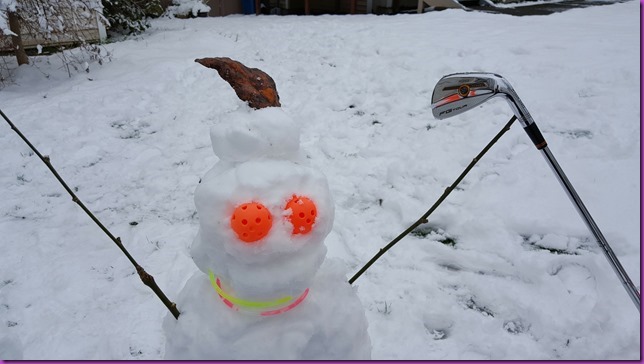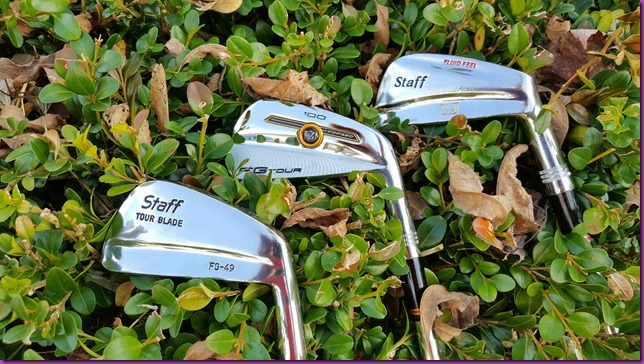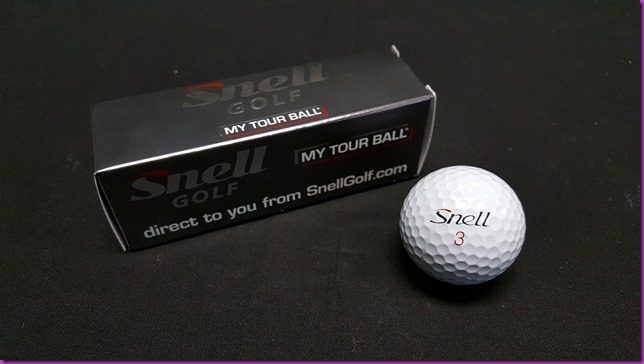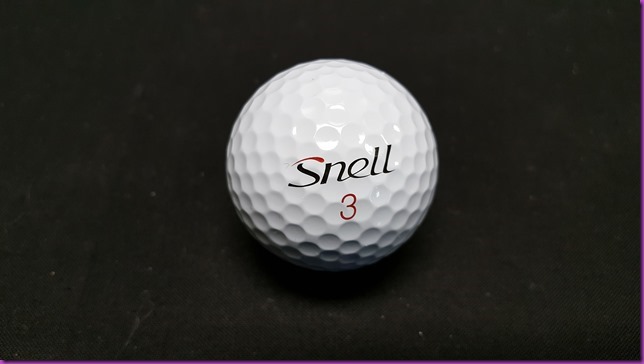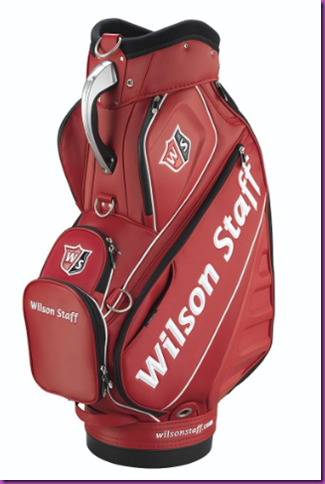
Wow, I can’t believe that Christmas has come (and now gone) in 2016. It seems like yesterday that I dusted off the clubs in the garage and started playing again with Dad “once a month” to start spending some time with him again. Fast forward a year, and it’s been a crazy ride. In fact, my game has come a long way from the 85 that I shot a year ago on a semi-flooded Riverbend Golf Course, and so has my bag.
As the year began, or ended as the case may be, I was playing my almost vintage Ping S59 tour blades that were in dire need of a new set of grips. OF course, at that time, I had only wanted to sneak out a few times during the summer, so why sink a bunch of money into grips and gear, right? I was playing 10 year old balls (Nike One Gold) and a bag with a stand held on by zip ties. It was time to take a long look at what I was going to do when all of the sudden, it hit me – refinish the Staffs. So after 2 rounds with the Pings, they were retired to the garage to make way for my long time gamers, my 1989 Wilson Staff Fluid Feel Irons.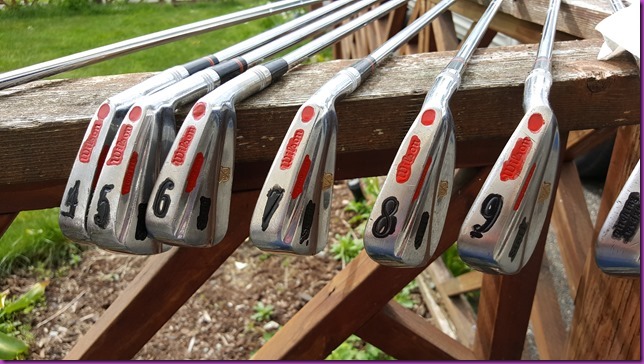
With some paint filling being done and some new grips being thrown on, my Staffs performed like new and took over in my bag in April. I pounded out a four rounds in the next month with them before realizing that age was catching up with them. The pitching wedge was rusted out at the grip end and the 6 iron was cut a 1/4” short. They would make it once in a while for play, but if I was going to play as much as I did in the spring, they were going to need some serious repair done to them. At $30 a shaft for the True Temper Dynamic Gold and another chunk of change is supplies to do it, I started shopping used sets that were in playable condition. What I ended up finding is still amazing to me.
In June, a glistening set of Wilson Staff FG-49 Tour Blades straight from the UK became my weapon of choice and my handicap destroyer. The true “zero offset” ultra-thin tour blades played like nothing I’d ever experienced. They made my Fluid Feels feel like cavity backs, but with the ability to work the ball in every direction, hit it at any height and spin even cheap balls off the green, the 49’s fit my game like a glove. They were also a pretty special set of clubs, I’d say, one of a kind, but that might be a slight exaggeration. Of course, my love for the FG-49’s quickly waivered when I began to think about competitions for next season, and the 2014 ruling of club faces, grooves and goodies that the USGA & R&A had implemented. I guess I picked the wrong time to walk away from the game and come back.
The rule spelled things out as clear as a bell for me and I was going to need to get one more upgrade in my bag (or ship off my gamers to have them approved for play) in order to make my move to play in the USGA Mid-Amateur qualifier in 2017. At the end of August, just in time for the fall weather to destroy my shortened come back season, a beautiful box of Wilson Staff FG Tour 100 blades arrived and immediately went into my bag. In the months that followed, my handicap fell from the high single digits to the low of 2.9 that is it right now. One or two more solid rounds to open the season, and I should have it easily under the 1.9 rating needed for a run at the US Open Qualifier. Right now, it’s still sitting very strong for the 3.9 or less needed for the USGA Mid-Amateur. The rest of my bag is rounded out by Wilson PMP wedges in 51, 56 and 60 degree lofts, a Wilson Infinite Grant Park Putter and a Wilson FG Tour F5 driver with a Fujikura Speeder 757 Tour Spec X Stiff Shaft. I tweak the loft on the driver based on the playing conditions, but currently for the wetter months, I have it dialed in at 9.5 degrees.
The 2017 season will be here before we know it, I mean The Masters is only 100 days away! Let’s see how the early season shapes up and see if I can continue my downward move to becoming a scratch golfer when the posting season opens for the WSGA.

